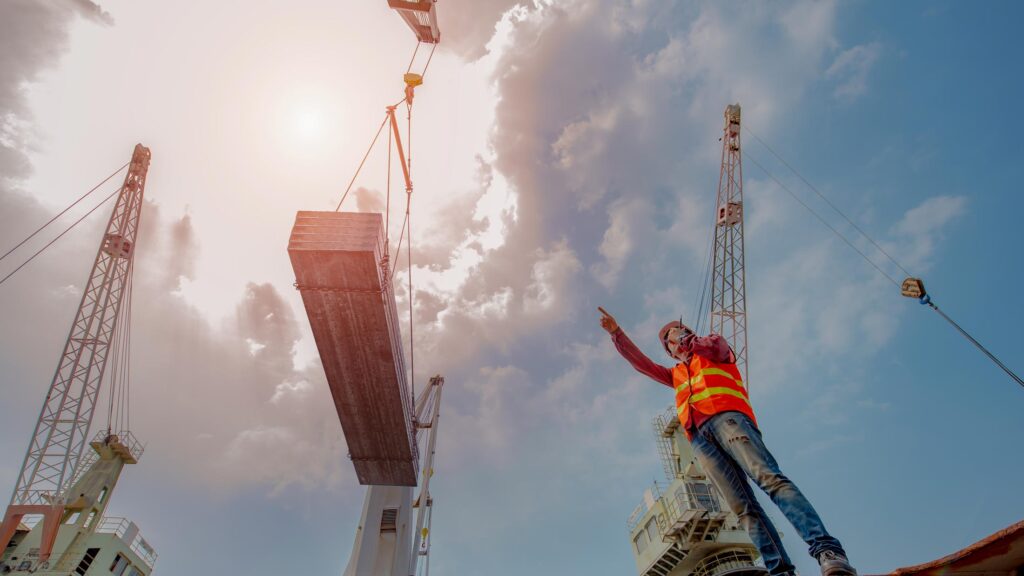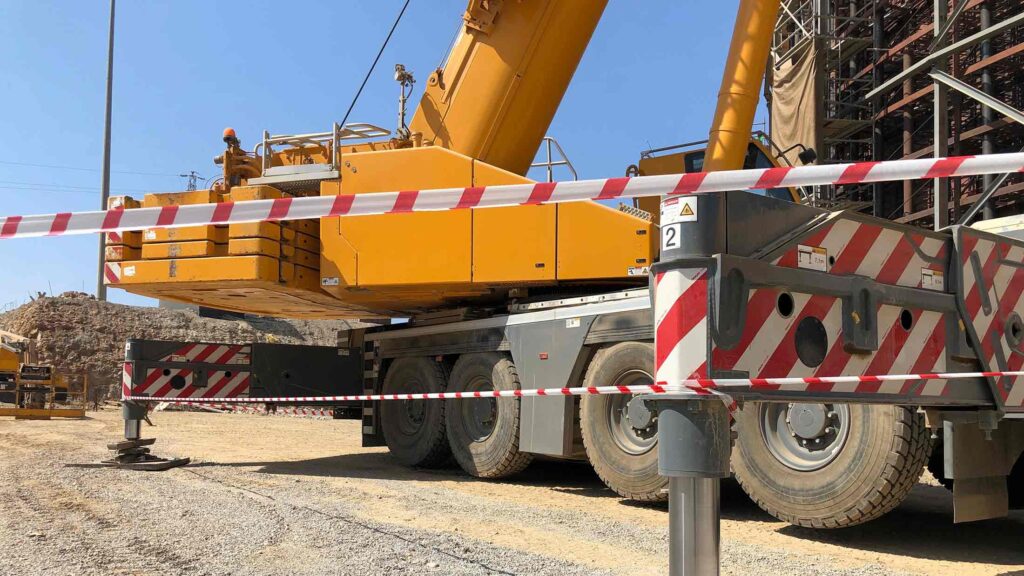Tag It Right: The Critical Role of Load Identification & Labelling in Safe Rigging
In the world of rigging and lifting, precision is everything. While most safety discussions focus on equipment selection, inspection or lifting angles, one area that is often underestimated — yet crucial — is the correct identification and labelling of loads.
In this week’s ELEVATIP, we explore why load labelling matters, what information should be included, how to implement it effectively, and how proper tagging enhances safety, efficiency, and compliance.
Why Load Identification & Labelling Matters
Incorrect or missing load identification can lead to:
- Mismatched lifting gear.
- Overloading due to underestimated weight.
- Inadequate rigging configurations.
- Delays in operations.
- Unsafe handling of hazardous or fragile components.
In short, improper or absent labelling opens the door to human error — the leading cause of lifting accidents.
What Information Should Be Labelled?
For efficient and safe handling, every load — whether a prefabricated structure, pallet, machine part or modular unit — should be clearly labelled with the following:
If a load is particularly heavy or complex, it may also be helpful to include a lifting diagram or QR code linking to a digital rigging plan.
Best Practices for Labelling Loads
- Use Durable Labels
Use industrial-grade tags, magnetic plates or laminated labels that can withstand dust, moisture, and temperature changes. For long-term storage, ensure the label remains legible over time. - Keep Labelling Clear and Visible
Avoid handwritten or faded notes. Use bold fonts and waterproof ink. Place labels where they are easily seen by crane operators and riggers — typically near lifting points or along top edges. - Standardise Tag Format
Create a simple template for your tags. For example:- Weight: 2,400 kg.
- Centre of Gravity: 40cm offset to rear.
- Lift Point: Marked with yellow tape.
- Fragile: Yes (compressor components).
A standard format makes it easier for teams to understand at a glance.
- Digital Labelling Systems
For complex or high-volume environments, QR-coded load tags can be used. Scanning a code could display rigging instructions, maintenance logs, and handling notes — particularly useful on construction or offshore projects. - Don’t Assume, Always Label
Even if a load “looks like the others,” treat every item individually unless it’s part of a certified batch. Consistency in labelling builds good habits and reinforces safety culture.
Benefits of Effective Load Tagging
Common Mistakes to Avoid
- Using temporary tape or marker pen directly on the load
- Tagging only one side or obscuring the label under shrink wrap
- Labelling by memory or assumption
- Not updating tags when loads are modified or repackaged
Real-World Insight
On a large mechanical installation site, several identical crates arrived. Only one had a legible weight tag, and it turned out to be 600kg heavier than the others due to internal tooling. Without that single tag, the lift would have been planned using incorrect weight assumptions — risking sling failure or equipment overload.
It’s a simple lesson: label clearly, label consistently, and never assume.

